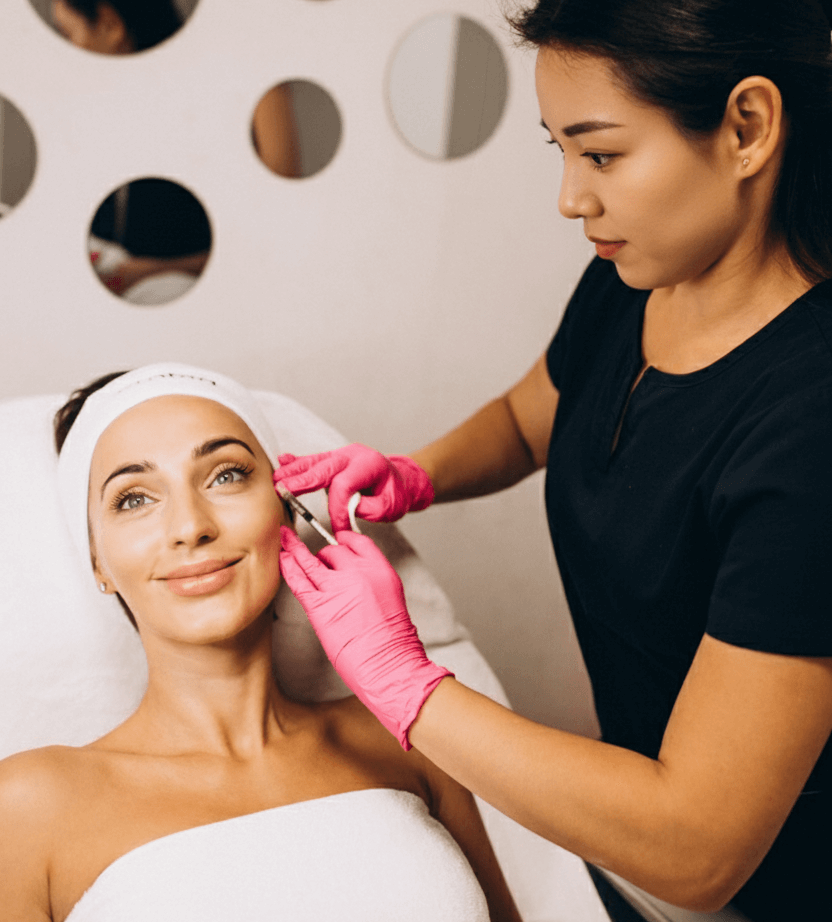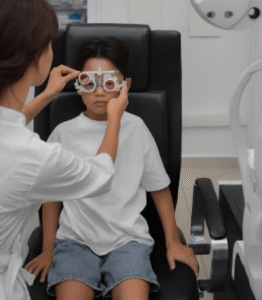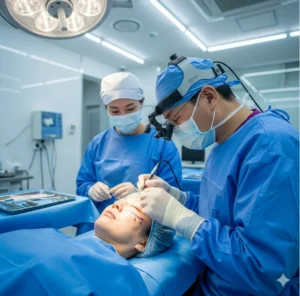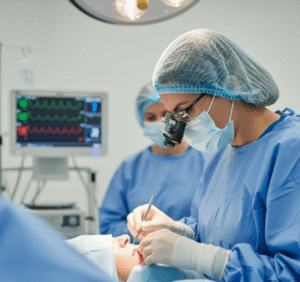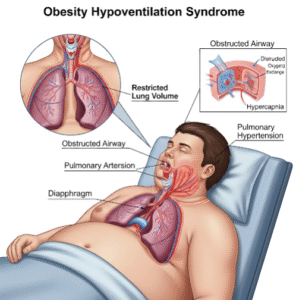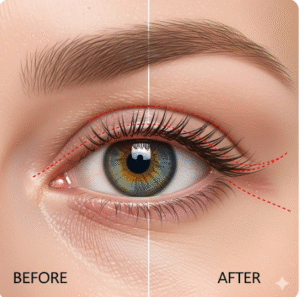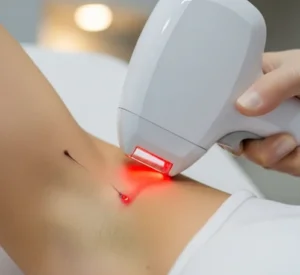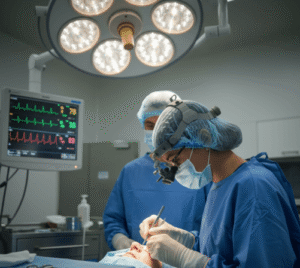The world of skincare and dermatology is evolving, and nowhere is this transformation more evident than in Korea, where ancient wisdom meets modern medical science. The integration of Eastern and Western dermatology has opened new possibilities in skin health, rejuvenation, and personalized care.
This fusion approach is more than just a trend — it reflects a deep understanding that true skin wellness comes from treating the body as a whole, balancing both inner and outer health. Let’s explore how Korea’s top dermatologists are blending these philosophies in 2026.
Understanding the Two Philosophies
Western Dermatology: Science, Technology, and Evidence
Western dermatology focuses on medical precision, using proven science, clinical trials, and technology to diagnose and treat conditions. It emphasizes targeted interventions, such as topical treatments, laser therapy, chemical peels, and prescription medication.
This system excels in diagnostic accuracy and immediate results, supported by dermatopathology and advanced imaging tools.
Eastern Dermatology: Balance, Energy, and Natural Healing
Eastern dermatology, rooted in Traditional Chinese Medicine (TCM) and Korean Oriental Medicine (Hanbang), views the skin as a reflection of internal balance. Practitioners treat the underlying causes of skin issues — such as poor circulation, digestive imbalance, or stress — rather than just the symptoms.
Common methods include herbal formulations, acupuncture, cupping therapy, and nutritional balance, aiming to restore harmony in the body’s energy flow, or “Qi.”
The New Hybrid Model in Korea
Modern Korean clinics are pioneering a hybrid model, blending both systems for holistic and sustainable results.
This combination helps address both visible skin concerns and the internal factors behind them — such as hormonal imbalance, inflammation, or immune response.
- ❂ Dual Consultations: Patients often meet both a Western dermatologist and an Oriental medicine doctor to receive a unified treatment plan.
- ❂ Integrated Diagnostics: Clinics use modern imaging (AI, dermoscopy) along with pulse and tongue analysis to understand both surface and internal conditions.
- ❂ Customized Prescriptions: Top clinics design skincare routines that combine medical-grade products with herbal essences to enhance tolerance and results.
The outcome is a treatment philosophy that is personalized, preventive, and deeply restorative.
Key Areas Where East Meets West
1. Acne and Inflammation
Western dermatology treats acne with retinoids, antibiotics, or laser therapy. Eastern medicine complements this by reducing inflammation naturally, detoxifying the liver, and improving gut health — since digestion and stress are often linked to acne flare-ups.
Clinics may use both blue light therapy and herbal tonics to regulate oil secretion and hormonal activity.
2. Skin Aging and Rejuvenation
Anti-aging programs now pair Western innovations like microneedling, exosomes, and laser resurfacing with herbal antioxidants and acupuncture.
This approach supports collagen regeneration externally while promoting blood circulation and cellular detoxification internally, resulting in more natural and lasting rejuvenation.
3. Eczema and Sensitive Skin
Western medicine provides relief through corticosteroids or immunomodulators, but Eastern treatments focus on strengthening the body’s immune response. Herbal therapies, stress control, and dietary recommendations help minimize flare-ups.
Together, they form a gentle yet effective long-term management plan for chronic skin sensitivity.
4. Pigmentation and Brightening
Hyperpigmentation is one of the most common concerns in Asia. Western treatments like chemical peels, laser toning, and vitamin C infusions target melanin directly.
Eastern medicine adds value with herbal blends that reduce heat and improve circulation, supporting uniform tone and vitality from within.
5. Hair and Scalp Care
The fusion approach has also expanded into trichology (hair and scalp care). Clinics combine low-level laser therapy and stem cell boosters with herbal scalp tonics and acupuncture, addressing both follicle health and hormonal balance.
Advantages of a Combined Approach
The hybrid method offers unique benefits that neither system can achieve alone:
- ⚪ Deeper Healing: Focuses on the root causes behind skin issues, not only their appearance.
- ⚪ Reduced Side Effects: Herbal support can ease irritation from medical treatments.
- ⚪ Personalization: Each patient’s skin type, lifestyle, and internal balance guide the treatment plan.
- ⚪ Improved Long-Term Results: Prevents recurrence of chronic issues through internal harmony.
- ⚪ Enhanced Recovery: Natural ingredients promote faster healing after laser or injection therapies.
Real Innovations in 2026
In 2026, Korean clinics are setting global trends with smart integrative treatments. Some notable innovations include:
- ❂ AI-driven Herbal Prescriptions: Using algorithms to match herbs with skin conditions and blood analysis.
- ❂ Bioactive Skincare Formulas: Combining herbal extracts like ginseng or centella with peptides and niacinamide.
- ❂ Mind-Skin Programs: Incorporating meditation, stress management, and hormone tracking into skincare routines.
- ❂ Energy Balancing Facials: Gentle acupuncture paired with microcurrent devices to restore both tone and Qi.
- ❂ Regenerative Nutrition Plans: Personalized diets rich in antioxidants, probiotics, and anti-inflammatory foods.
These innovations show how Korea’s clinics are making skincare a lifestyle of harmony, not just an aesthetic pursuit.
Tips for Patients Considering an Integrative Approach
If you’re thinking about trying a combined treatment plan, here’s how to make the most of it:
- ⚪ Consult both specialists. Start with a dermatological evaluation and follow up with an Oriental medicine consultation.
- ⚪ Be open about your habits. Diet, sleep, and stress levels all influence the skin’s condition.
- ⚪ Avoid self-mixing remedies. Always follow professional advice when combining herbal and clinical treatments.
- ⚪ Prioritize consistency. The best results come from steady care over several months.
- ⚪ Focus on prevention. Many Eastern practices aim to maintain balance before visible issues appear.
The Mind-Body Connection
Modern dermatology is beginning to validate what Eastern medicine has long known: emotional stress, diet, and sleep directly affect skin health.
Korean integrative clinics now offer counseling, relaxation therapies, and nutritional support as part of dermatological care. The result is clearer skin, better mood, and stronger overall wellness.
Looking Ahead: The Future of Integrative Dermatology
In the coming years, expect more clinics across Korea to blend ancient healing methods with biotechnology and AI. From herbal nanocosmetics to precision laser therapy guided by skin microbiome data, the boundaries between Eastern and Western dermatology will continue to fade.
The ultimate goal is clear — a balanced, science-backed, and holistic approach that heals both the skin and the system beneath it.
Final Thoughts
The harmony of Eastern and Western dermatology represents the future of skincare — a union of ancient wisdom and modern science. By treating the skin as part of the entire body system, patients experience results that are not only visible but also sustainable.
For clinics and wellness centers, this integration offers a meaningful direction: care that’s intelligent, compassionate, and deeply personalized.
In Korea, this East-meets-West model continues to inspire global dermatology — proving that when science and nature work together, beauty becomes balance.

